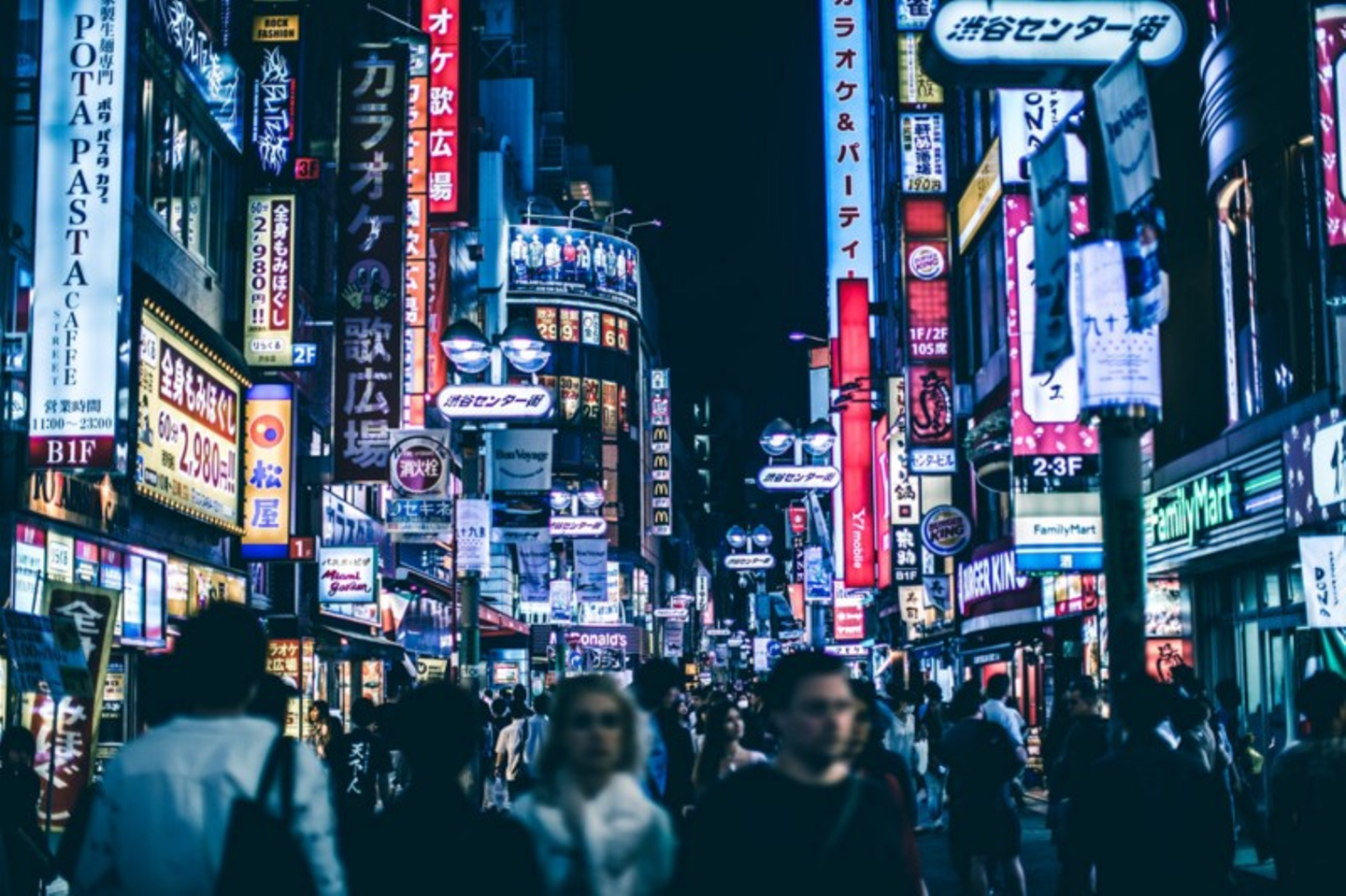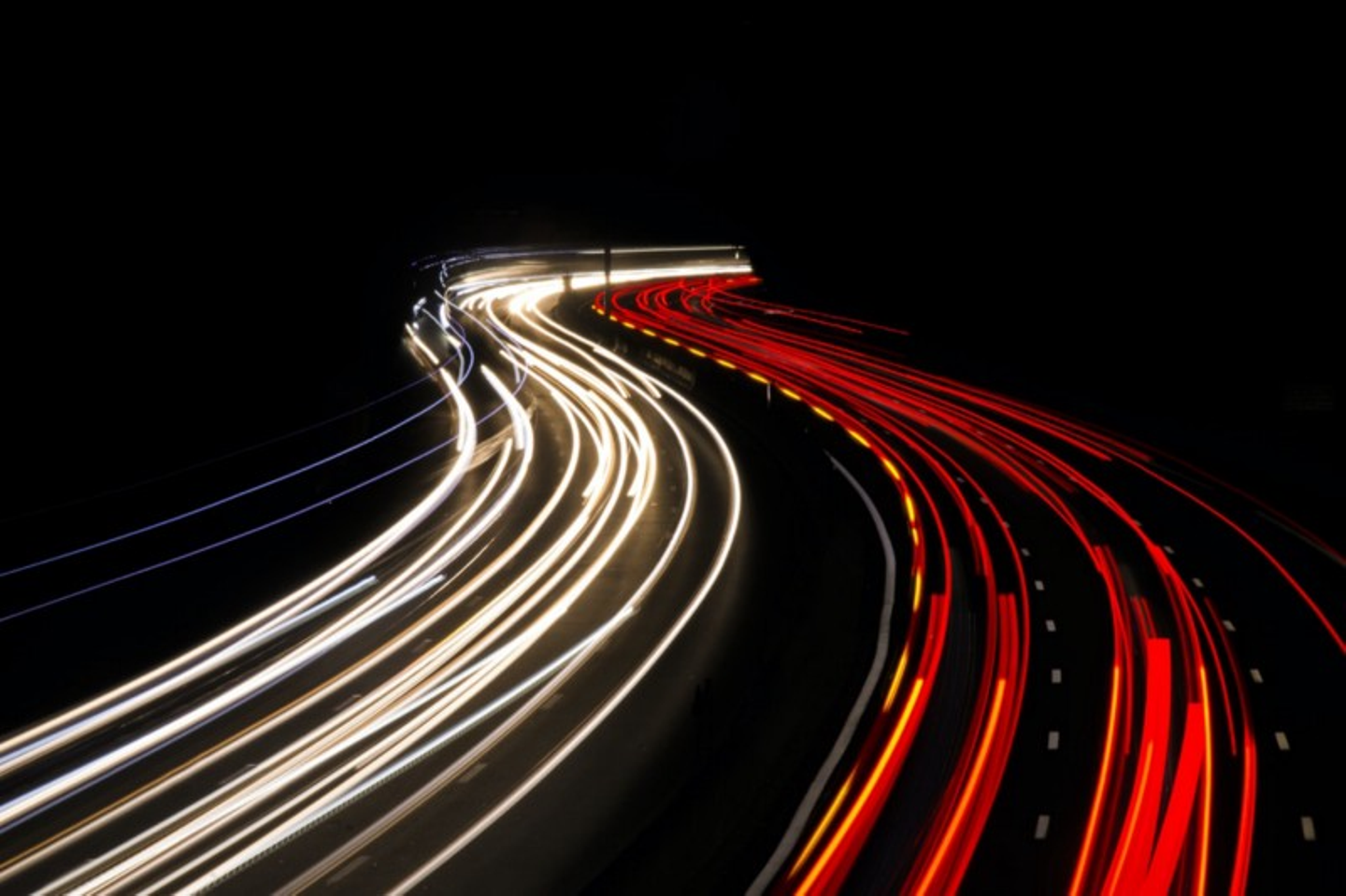Photography is the art of capturing light by a camera, via a digital sensor or film, to create an image. There are different types of photography such as landscape, portrait, fashion, and wildlife, etc. and each requires a different set of professional skills in order to be executed perfectly.
With smartphones featuring cameras that have better functions and stronger lens with every new series, interest in photography has grown exponentially among the masses, fueling the popularity of social media platforms that allows one to upload photos and videos.
Expectations have risen and high-quality pictures and videos are a die-for every individual, with many turning to more professional photography with high-end cameras like digital single-lens reflex (DSLR) and mirrorless cameras.
Though photography is fun and exciting, you can’t be expected to shoot a good photo just by having an expensive camera. This is especially true for high-end cameras that come with many more additional functions and that without knowing what are they used for, it is not possible for you to become a good photographer.
Here are some functions you should know before starting to use that new DSLR you just bought:
Exposure
Exposure is the amount of darkness or light in a photo.
It refers to how much light was exposed to the photo. If a photo turns out to be too bright, it has been exposed to too much light (overexposed). If a photo comes out too dark, it is underexposed, and more light should have been cast onto the object before taking a photo of it.
Often, this is one of the most important factors that contribute to a good (or bad) photo output. Even with good photo editing skills, it is quite impossible to make the photo looks amazing when the photo is overexposed or underexposed.
You can control exposure through the Aperture, Shutter Speed, and ISO. You can also learn about how to control artificial and natural lighting in our Diploma in Professional Photography course.
Aperture
Aperture is the size of the opening in the lens measured in f-stop. They can determine how bright or dark the picture turns out to be.

Photo credit: Digital Camera World
Wide-open apertures capture brighter photos when smaller and the opposite will capture darker photos. They also affect the focus on the object that you are targeting. Wide apertures capture photos with unfocused background, while narrow apertures capture more of the pictures in a clear mode.
Shutter speed
The shutter speed is the part that opens and closes the lens to allow the light in, measured in seconds or a fraction of a second. The longer the shutter speed stays open, the brighter will the picture turns out to be. However, do note that if the object you are trying to capture moves when the shutter is opened, chances are it will turn out to be blurry.
ISO
The ISO shows the sensitivity of the camera to the light. The higher the ISO is, the brighter the picture is in low light, and pictures taken in high ISO will show fewer details. You can balance the ISO with aperture and shutter speed for a proper exposure with the right practice.
Focus
In simple terms, when a camera is in focus, the close objects are sharp, while the objects out-of-focus of the lens will appear blurry.

Different lens is being used sometimes to create the blurry effect intentionally to get the kind of photo the photographer desires.
Camera mode
The camera modes are the set up you choose using PASM (Program, Aperture Priority) dial. The most important camera modes are automatic, program, shutter priority, aperture priority, and manual.
Depth of field
The depth of field is the portion of the picture that is in focus. Anything that is inside the lens is in the camera’s depth of field, and anything out of that is out of focus.
Focal length
The focal length is how zoomed in an image is. It shows the distance between the lens and the picture on the film in millimetres.
Some Simple Photography Tips to Capture Better Images
Prevent Camera Shake
Camera shake can cause your picture to come out blurry and in low quality.
To prevent that, hold your camera in the correct manner. Put one of your hands around the lens (preferable below the lens for support) and the other hand around the body.
Then hold the camera close to your body for more stability. This is very similar to how you hold a rifle (for those who have been through army training or shooting training) without the recoil from a rifle.
Try to Use a Simple Background
Try choosing a plain background like neutral colors and simple patterns when you are trying out your new camera in the initial stages.
Think about what will be inside the image and what will not be before you even attempt to take the photo and set up the scene for it.
If your background is too eye-catching, chances are it will grab the attention and divert it away from the focal point of your object.
Practice with Shutter Speed
Try to practice more with shutter speed to create different effects by trying various shutter speeds to see what will happen.

For example, you can attempt to capture pictures with moving backgrounds at different shutter speeds to capture blurry pictures or freeze things in time with different options.
Know your Camera
You need to know your camera. Technology has made cameras to become smarter and smarter by every new series, but you will still need to know what features your camera has in order to perform magic with it. Once you have figured out the different functions of your camera, you can start capturing images that look professional with the effects you have in mind.
You Don’t Need The Latest Model
You don’t need the latest camera model or the most expensive lens to capture beautiful pictures. You can have the most expensive camera in the but still not able to capture the effect you desire.
Nothing beats guidance, hard work, and continuous practice in the right direction.
Learning from experienced professionals can help shorten this learning curve and this is why our professional photography course only engages highly experienced professionals as trainers for our program.
Learn to Read the Light
In photography, lighting is one of the most important factors you need to consider. Nothing can change a bad picture to an amazing one as much as light does. Try to learn about artificial and natural lighting, and practice it daily by considering how it falls on people and objects during a shoot.
Always Try New Things
When you are shooting and taking images, it is really easy to shoot similar types of photos over and over again. It can be boring for people and not make you learn new skills that are required to take different genres of photos.
Try new techniques, shooting an object from new untried angles, test new lighting, etc. By doing this, photography can also be much more interesting and new skills will be acquired unintentionally over time.
Original article from: https://www.madschool.edu.sg/post/basic-photography-terms-for-beginners


/assets/images/4788196/original/ffc8dc64-aaf6-4484-bc7b-7605331a8615?1584610595)

/assets/images/4788196/original/ffc8dc64-aaf6-4484-bc7b-7605331a8615?1584610595)

